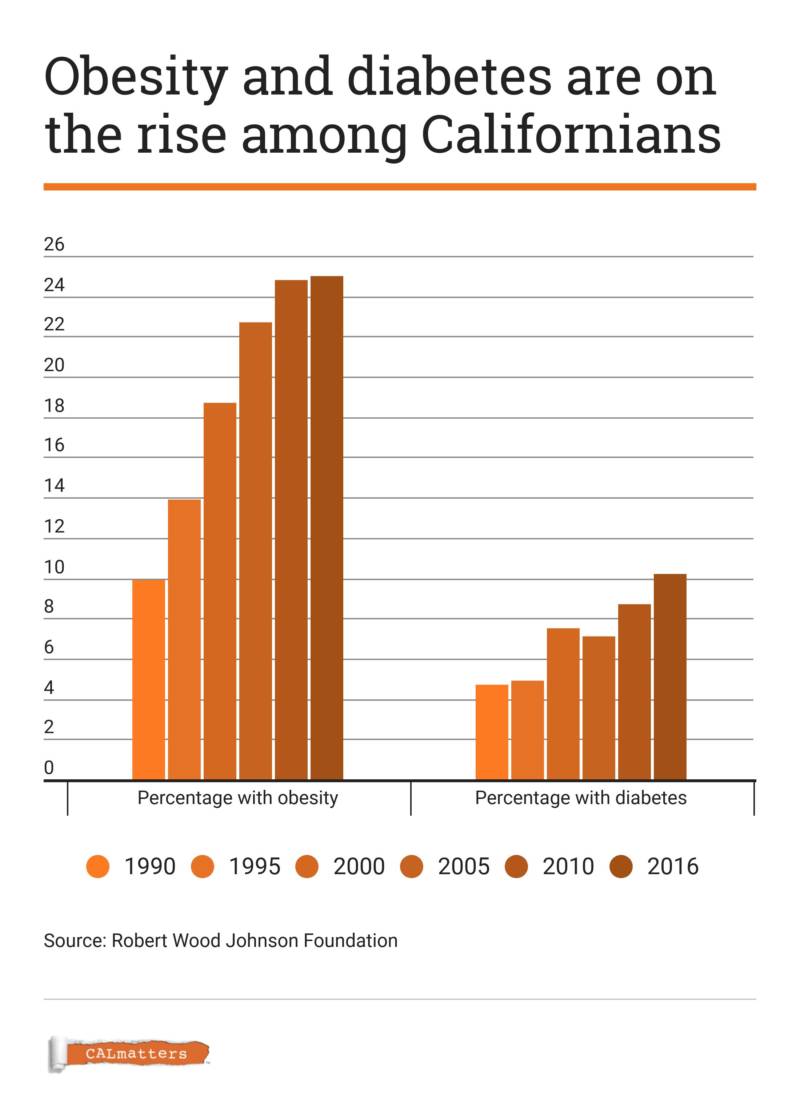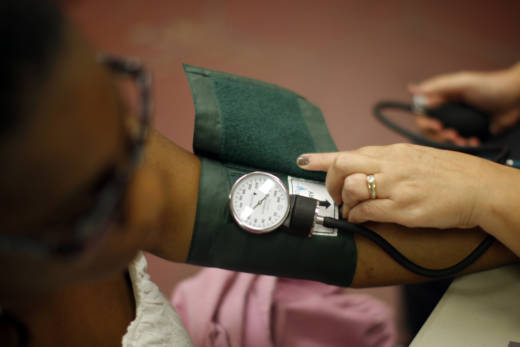A five-year, $1.5 billion Whole Person Care initiative, begun in 2016, aims to heal heavy users of medical services and save the state money by keeping them out of expensive emergency rooms and hospitals.
And a pilot program was created last year to use food as medicine—to try to reverse chronic illnesses such as congestive heart failure—in projects across seven counties. Officially launched last month, it’s modeled on a project in Philadelphia that showed a roughly one-third reduction in patient costs.
These two state efforts include:
- A pilot project in Sonoma County, where meals are supplied to Medi-Cal patients with congestive heart failure, cancer, diabetes or renal disease in hopes that patients will be healthier, emergency-room use and hospital readmissions can be reduced and long-term savings can result;
- A Los Angeles County program to provide more nutritious meals for patients with congestive heart failure and monitor their health after six months. Dietary changes have been shown to ease the symptoms and progression of congestive heart failure.
- Identification of Contra Costa County’s most frequent users of emergency, lab and hospital services, to give them individualized attention and help them better manage their health so they need those services less often.
- In San Mateo County, use of a care coordinator in emergency departments to help identify frequent utilizers and work with them to get the services they need, so they won’t keep returning.
Nationally and in California, chronic conditions account for roughly 80 percent of all health care spending. California actually has lower obesity, diabetes and hypertension rates than most other states, but a 25 percent statewide obesity rate is still high—and expensive.

Researchers at the University of California’s Merced campus estimate that diabetes alone costs California employers, families and the government $13 billion a year, including lost productivity. Tack on $30 billion more for heart disease, congestive heart failure and hypertension. UCLA researchers say the state spends an additional $21 billion on health conditions related to obesity.
“We just can’t keep doing things as we’ve done them in the past,” Dooley said.
Health organizations, from insurers to hospitals, have been pursuing food as medicine for years. Many medical centers have food kitchens, for example, to teach patients how to eat and cook in a more healthful way.
San Francisco General Hospital recently launched a one-year pilot program in which a doctor’s prescription to the Therapeutic Food Pantry can get you 25 pounds of food and intensive training in how to cook it. Loma Linda University’s School of Medicine in Southern California offers sub-specialty training in using food as medicine.
“We can reverse the effects and progress of chronic disease” through changes in diet, said Brenda Rea, a physician who helps run the school’s family and preventive medicine residency program. She said eating better can slow inflammation, open arteries, make the body inhospitable to cancer cells and lower blood pressure.
“Patients sometimes don’t realize that what they eat can really impact their health,” she said. “But the tide is shifting.”
Californians have come to expect a high level of innovation in the state’s private sector. But now we’re also seeing some in state government, said Nadereh Pourat, director of research at the UCLA Center for Health Policy Research.
“This scope is unprecedented,” Pourat said, and especially striking in a state the size of California, with the largest Medicaid population in the country.
“I haven’t seen examples of this anywhere else,” she said. Across the country, Pourat said, “I don’t see anyone else taking on such a big task.”
This article is the first in a series on state efforts to foster healthy living as a way to reduce chronic illness. CALmatters.org is a nonprofit, nonpartisan media venture explaining California policies and politics.

